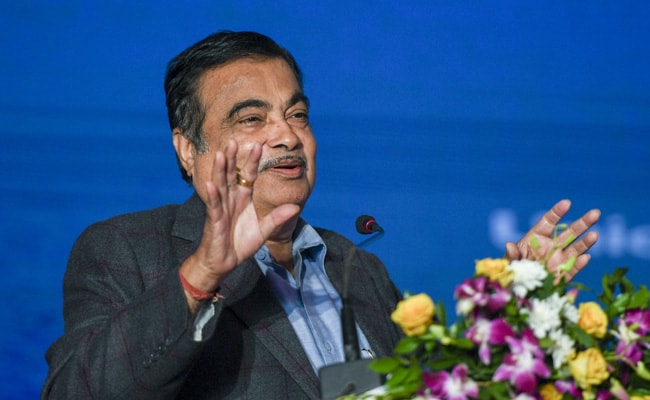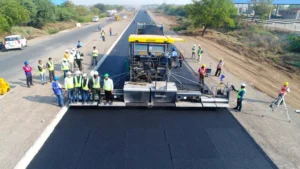ANTYODAYA
Antyodaya means uplifting of the weakest section of the society. As a follower of Dr Deen Dayal Upadhyay’s Integral Humanism and trusteeship, Gadkari Ji has always believed that politics is an instrument of socio-economic change. A politicians duty is to serve the poor and underprivileged. These ideals have always reflected in his governance models.
Under his leadership that Maharashtra BJP contributed in the Annadata Sukhi Bhava Yojana of a Voluntary Organisation and reached out to the widows of those farmers who have committed suicides.
Believing roads to be the gateway to prosperity of Mr. Gadkari gave top priority to constructing roads to tackle the problem of tribal malnutrition in Melghat – Dharni belt of Amaravati district and provided all- weather connectivity to the 91 remote villages of the belt. Malnutrition has decreased drastically and socio-economic conditions of the people elevated.
This activity was adopted in Vidarbha and other parts of Maharashtra and around 126.05 lakh cubic metre material was extracted, creating 12,605 TCM water storage capacity in the state, saving about Rs 187 crore of the state government.
BULDHANA PATTERN
A brainchild of Union minister Nitin Gadkari, ”Jal Kranti” initiative has also made the villages supply aggregates for highway construction.
Farmer suicides are a thing of the past and no more dependence on water tankers for drinking water needs, according to the villagers. Rather, multiple crop pattern and multiplying cattle population, which was on the decline some time ago, and even, fisheries are providing livelihood opportunities.
“Jal Kranti”, now being implemented in 283 villages, is credited for changing the economy of these villages by rejuvenating water bodies and simultaneously supplying aggregates for highway network.
Generally, aggregate is earthwork or soil needed to construct highways.
Under the project, aggregates and soil are excavated from dried up water bodies like ponds and wells, free of cost. They are then used soil for highway projects in areas like Buldhana where average rainfall remains scanty.
Areas like Buldhana barely receive 700 to 800 mm of rainfall, lesser than for entire Vidarbha region, which accounted for a maximum of 2,239 suicides by farmers out of the 5,763 across the country in 2018.
It is seen as an effective method for groundwater recharge. Under the Buldhana project, so far 12 national highway projects totalling 491 kilometres have been constructed.
Around 52.10 lakh cubic meter material has been extracted from rivers, ponds and small irrigation projects thereby creating 5,510 thousand cubic metres (TCM) storage capacity in the district.
This has benefited about 5 lakh population. As many as 22,800 wells were recharged due to it and 81 water supply schemes were benefitted. It also resulted in an increase of about 1,525 hectares area through recharged wells.
“Buldhana was one of the 4-5 districts in Maharashtra which faced farmer suicides. The water level had gone 400 metres down. Wherever work was taken up wells have been recharged, pumps which worked for one hour have been working for 12 hours,” Gadkari said.
Excavation or dredging ensure rainwater harvesting and also helps in recharging of groundwater.





